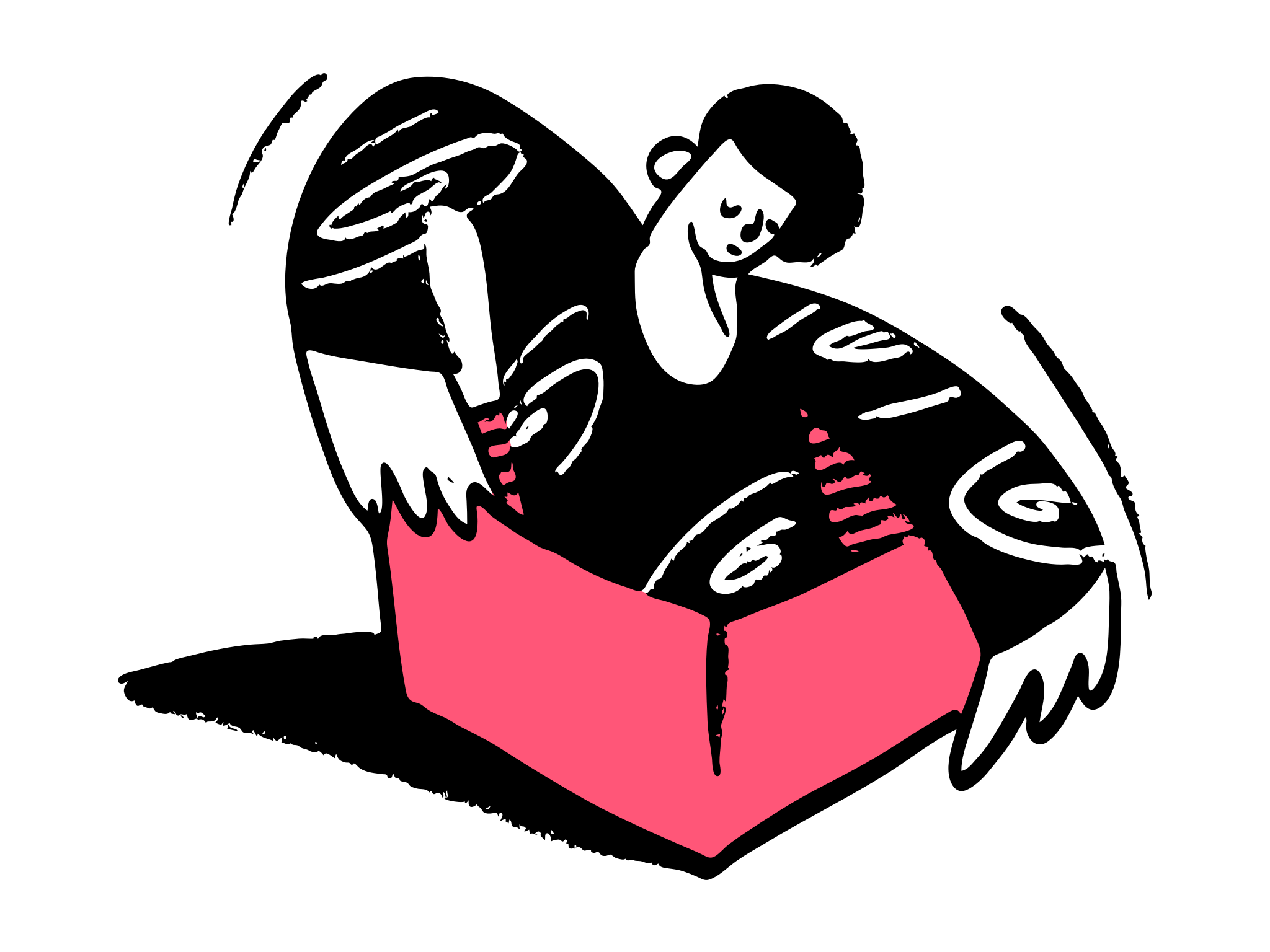Table of Contents (Click to show/hide)









Digital marketers often say Facebook Ads is easier to operate than Google Ads. That's honestly not true. While Google Ads giving more options for advertisers to control the campaign. Facebook Ads, on the other hand, heavily relies on machine learning and hopes to save the hassles. With that in mind, Facebook Ads equally deserves your attention in order to achieve your desired results.
Since it's an AI-based real-time bidding (RTB) platform, Facebook advertising is more than just quirky creative and powerful copywriting. You need to optimise for cost stability and gain an ability to scale. How you gonna do that?
Facebook Ad structure is undoubtfully a crucial path to help the machine understand better of what you want. Robots is all about 0 and 1 - An optimal ad structure allows the bidding engine to read your thoughts/strategies in a structural & effective way. In the article, I gathered all my Facebook Ads experience, tips and tricks to help you target the right Facebook audience and optimise your ad bidding.
Don't want to read too much? Here is your lazy summary:

MUST KNOW - Facebook Bidding Mechanism
First thing first, You need to understand how Facebook auction works. Facebook uses the Vickrey-Clarke-Groves (VCG) auction system to sell and select ads for the network.
Back in 2016:
- Total Value = (CPA/oCPM Bid)* (eCTR*eCVR) + Ad Relevance Score ---- (CPA/oCPM Bid)* (eCTR*eCVR) is eCPM
- Estimated Aution Rate = (CTR*CVR +_ User Value) * CPA/CPI
- User Value are likes, comment, share and view more than 3 secs
Now in 2020:
- Total Value = Advertiser bid * Estimated Auction Rate + User Value
- Estimated Auction Rate = (CTR*CVR +_ User Value) * CPA/CPI
- User Value are likes, comment, share and view more than 3 secs

Step into your Ad structure
Facebook Ads set learning phrase is your first step to understanding the art of ad structure. The learning phase occurs when you create a new ad set or make a significant edit (Refer to below) to an existing ad or ad set. The time it takes for machine learning allows the delivery system to learn about who your ad set most appeals to. The delivery system tries its best to find out the optimal audiences and placements and ensures a cost-effective delivery.
Help you Ad sets exit the learning phrase
Exit the learning phase should be your priority. To do that, you need at least 50 conversions in a 7-day window. Furthermore, try to avoid frequent edits.
Edit your ad sets only once per week. There are a lot of reasons keep your ad sets stay in the learning phase(Never want to leave just like your ex). Specific adjustments can reset the learning phase, including:

What's more, the ad sets and campaigns will walk into "semi-optimising" mode 30-60 minutes after the manul edit, followed by a "semi-optimal" status 24 hours later. During this time, your CPA and CPM is higher than expected. If you need to make some significant changes while the ad sets happen to be a new one, I would suggest you turn it off and create a new ad set instead.
Several tips to help you build a healthy ad structure better:
- The ultimate goal of avoiding significant edits is reducing spending. This ensures that your optimisation decision is based on results that are more indicative of future performance.
- While avoiding behaviours that prevent ad sets from exiting the learning phase is essential, don't try to avoid the learning phase completely. Testing new creative is vital for your performance improvement, and the learning phase is necessary to help the delivery system optimise your new ads.
- If you can't get 50 conversions in a 7-day window, try to switch to the next conversion goal that happens more frequently and most relevant to your objective( For example, move from "Purchase" to "Add to Cart" or "View Content"). Or, consolidate your ad sets.
The art of consolidation
Consolidate ad sets
3-5 is an optimal range to have for one campaign. Too many ad sets that are going through the learning phase will affect the delivery. Try to reduce the number of ad sets by consolidating them.
Allocate enough budget
This one is reasonably simple: assign enough budget to achieve 50 conversions goal. Too high or too low will affect delivery. If you have a brand new account, try to use 18-20% of the average conversion value as your CPA (Aim for a 500% ROAS). In the meantime, turn on "Campaign budget optimisation" on the campaign level. It allows Facebook to find the best performance for conversion in your ad sets, and assign more budget to them.
Reduce audience overlap
To minimise audience overlap, consolidate ad sets with similar audiences and use proper audience exclusions.
- Remove audience duplication.
- Make sure that you exclude past purchasers.
- Broaden Lookalike Audience: Test your LAL audience from 1%-2%, 2%-3%, 3%-5% and 5%-10%. Larger audience sizes are more likely to generate enough conversions for an ad set to exit the learning phase. But make sure you only include the audience that are most likely to convert.
Refine your creatives
Aim to include three to eight different ads in one ad set. Less than three ads may prevent the ad set from performing well in the auction, whereas more than eight ads can prevent the ad set from leaving the learning phase.
Try these alternatives to high ad set volume to speed up your time in the learning phase:
- If creating many ad sets to report on results by audience, use breakdowns instead.
- If creating many ad sets to advertise to many small geographical areas, combine similar ad sets into fewer, larger ad sets or use the Store Traffic objective.
- If creating many ad sets for different placements, use automatic placements and asset customisation.
- If creating different ads or ad sets for different languages, set multiple languages in a single ad set instead. Doing so enables you to dynamically show ads in the right language for the audience reached.
Get More Advice on Facebook Ads
- How To Make An Effective Paid Social Remarketing Strategy
- How to Optimise Your Facebook Ad Structure
- How To Choose the Right Facebook Ad Objective for Your Goals









